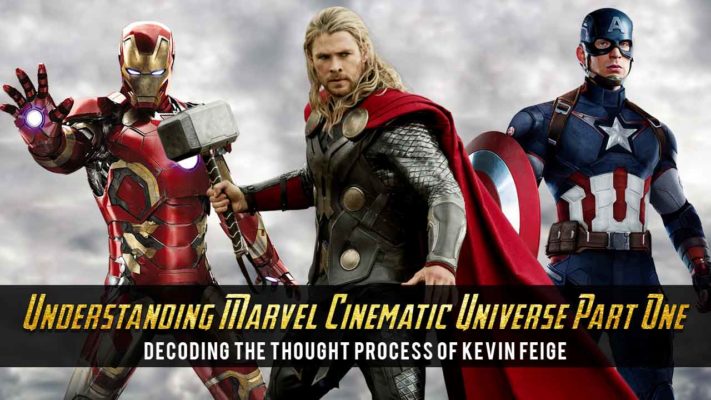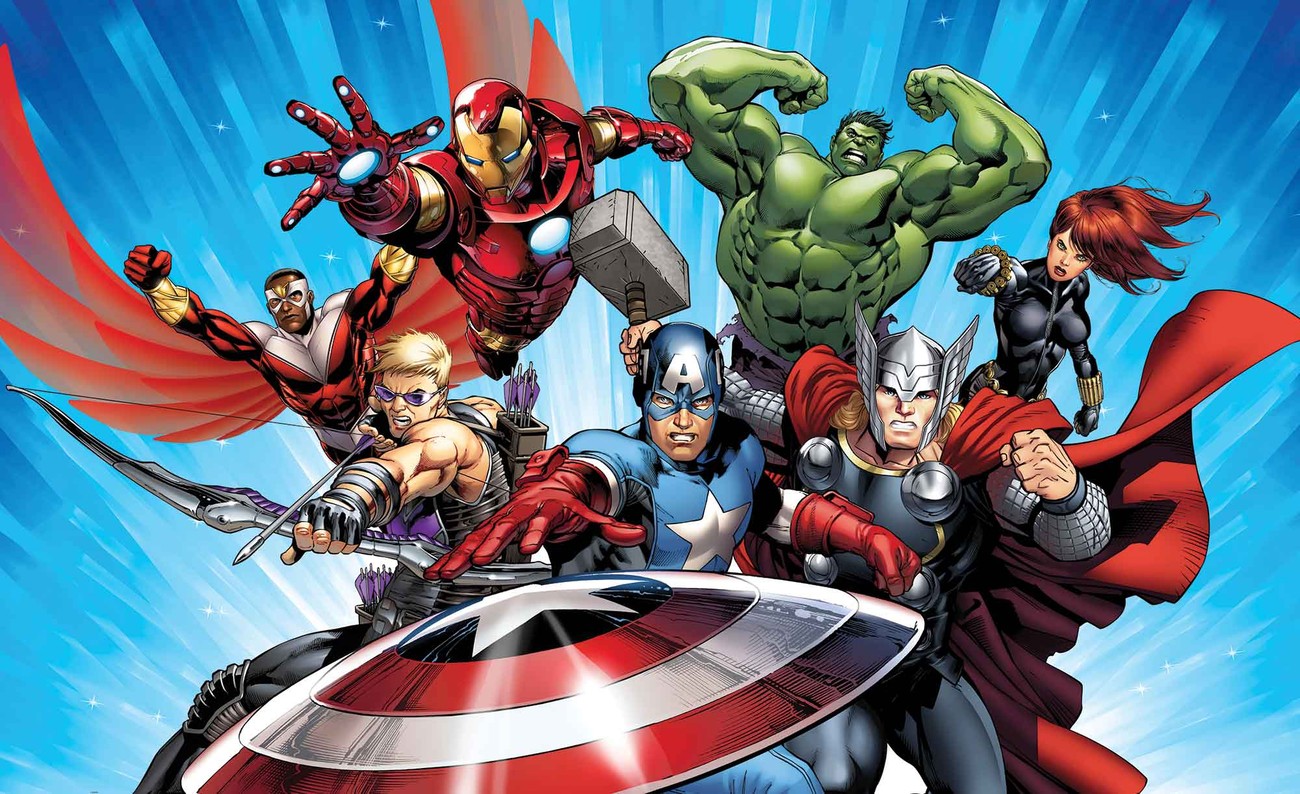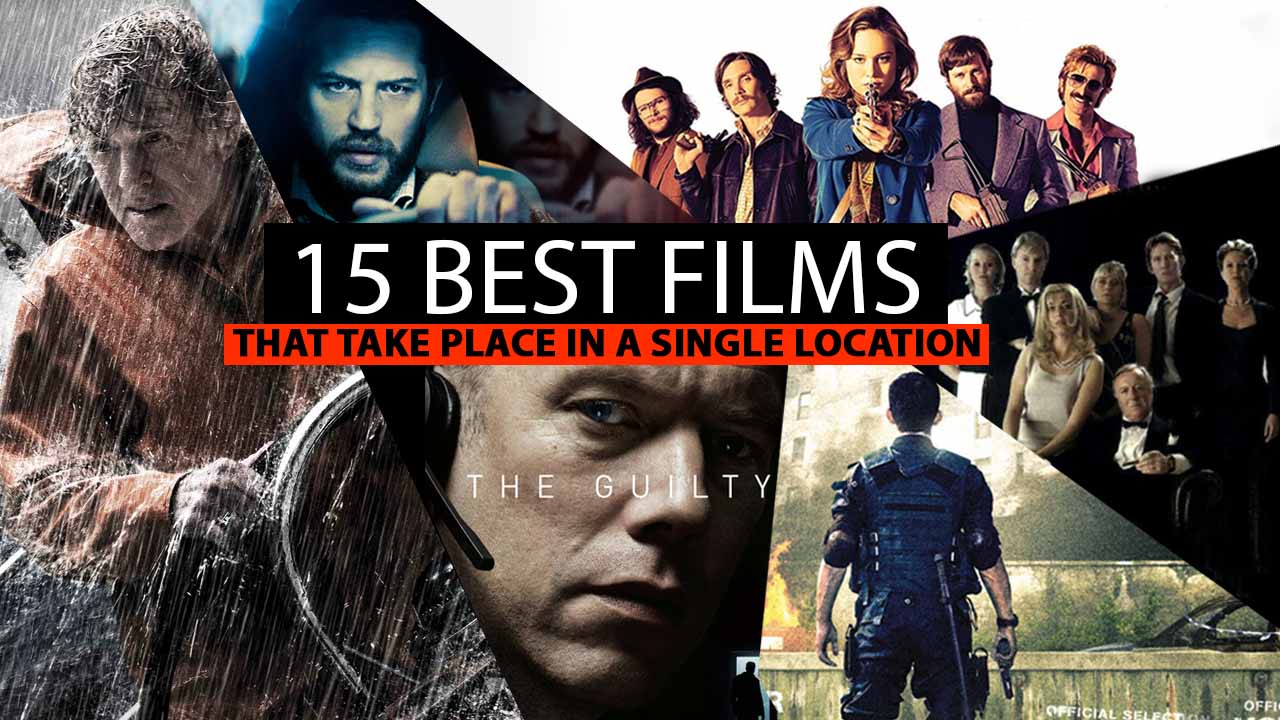
Rule No 1: Keep It Simple Silly
In 2012, one of the biggest spectacles in cinematic history erupted on the movie screens. A movie called ‘The Avengers’ came with mediocre expectations and within days of its release changed the way we wrote, made, and enjoyed cinema forever. ‘The Avengers’ was a culmination of five different superhero origin movies, introducing to the world the likes of Iron Man/Tony Stark (played by Robert Downey Jr), Captain America/Steve Rogers (played by Chris Evans), Thor (played by Chris Hemsworth), and Black Widow/Natasha Romanoff (played by Scarlett Johannsen) apart from HawkEye/Clint Baron (played by Jeremy Renner) and Nick Fury (played by Samuel L Jackson).
‘The Avengers’ at a concept level was the brainchild of Kevin Feige, who back in 2006 had carefully proposed the ‘connected movie timeline’ to the Disney and Marvel executive board, famously headed by Kathleen Kennedy and Bob Iger. It is interesting to note that after the ‘connected movie timeline’ or as it was to be called in the future, Marvel Cinematic Universe (MCU), was appreciated as a worthy experiment to be taken up. Kathleen Kennedy who headed the Star Wars division of Disney-Marvel came up with an idea of franchise spinoff.

Of course, in 2006, even though on paper the MCU plan looked promising, one thing which made everyone anxious was that the characters which Kevin Feige had brought to the table were lesser known. The introduction of the Marvel Cinematic Universe was planned with 2008’s Iron Man. The main concern for Kevin Feige to prove that his plan could work was to make ‘Iron Man’ a standalone hit.
Initially, Kevin Feige, as someone who was given the reigns to run the MCU, opted to go with a strong star power to ensure that ‘Iron Man’ could ensure solid numbers. In the process, he approached A-Listers like Tom Cruise, Johnny Depp, Brad Pitt and interestingly even Leonardo Di Caprio to play Iron Man. But, Iron Man, as far as the comic book fanbase counted, wasn’t the most exciting character of the Marvel comic book history. Add to that, the movie based on Iron Man had been shelved by Marvel-Paramount at least four times before.
This is where Kevin Feige took the big risk of going with someone he could get for the whole timeline of MCU. The idea was simple. Kevin Feige needed people not just for one movie, but for a whole franchise. A-Listers could never give him the leeway or authority to execute his plan perfectly. In came Robert Downey Jr, coming fresh of his profound portrayal of a detached journalist in David Fincher’s Zodiac. Jon Favreau, who was handpicked by Kevin Feige to direct the ‘Iron Man’ movie, found Robert Downey’s offscreen eccentric charm and quick wit a perfect fit for the brash billionaire, who slowly transforms into a socially aware superhero. And the rest, as they say, is history.
‘Iron Man’ opened to huge numbers in the domestic markets within the US, and critics raved about this ‘new and exciting’ take on superheroes. Mind you, it was the time when Batman had found a new lease of glory and fandom, courtesy Christopher Nolan’s Batman Begins. ‘Iron Man’ became the dream start that Kevin Feige wanted for his vision of the Marvel Cinematic Universe. Ironically (pun intended), the movie started a new trend in superhero movies overall. People understood that a flashy, vivacious, and vibrant portrayal of a superhero wouldn’t really be counterproductive.
The story wise kick-off for MCU started right at the end of ‘Iron Man’, pay off for the characters introduced within the movie in the form of Agent Coulson. Of course, the now iconic scene of Nick Fury coming to meet Tony Stark, to actually formulate the Avengers under SHIELD, was planted in the movie itself. Kevin Feige then needed to capitalize on the start. And thus, came a movie which made Marvel comics a household name in the late ’70s. Captain America.
Rule No 2: Give People What They Want
It is worthy to note here that although the official kickoff to the tentpole franchise of MCU was placed within ‘Iron Man 2’, it was Kevin Feige’s first choice to start it with 2008’s Edward Norton starrer ‘The Incredible Hulk’. The problem with that strategy appeared that even though the movie itself tanked at the box office, a collective decision within the Marvel Studios was to go with someone who could portray Hulk in a different manner.
It is here that the shrewdness of Kevin Feige came into play. He listened to the viewers and critics in shunning of ‘The Incredible Hulk’. He immediately understood that Hulk was just not working with the general audience, perhaps because of his multi-film portrayals. In a press statement back in 2009, representatives of Disney-Marvel confessed that they were looking to introduce the characters in the freshest manner possible. Thus, ‘Hulk’ didn’t represent this ideology. Now Kevin Feige looked to a character which, although being popular in Comics, still remained under-explored on screen. He found it in Chris Evan’s Steve Rogers/Captain America. Kevin Feige understood that the origin stories needed to stick to a template underdog story structure.
Kevin Feige, to ensure standardization of characters, did something which was both unique and innovative. He invited writers to discuss and develop the characters within his office. Of course, Jon Favreau, who had already delivered a success with ‘Iron Man’, headed the party which constituted of David Self (Road to Perdition), Christopher Markus & Steven McFeely (The Chronicles of Narnia) and Ashley Miller & Zack Stendz (Andromeda).
As it were, these set of writers, between themselves, developed two-character arches which led to different movies. One was called ‘Captain America: The First Avenger’, and the other was about a hammer-wielding god which was titled ‘Thor’. Initially, Kevin Feige wanted someone popular and with a distinct taste to helm ‘Thor’. Matthew Vaughn became the frontrunner to direct ‘Thor’, but eventually, the gig went to Kenneth Branagh. In the same time, ‘Captain America: First Avenger’ was confirmed for Joe Johnston. Kevin Feige again went with the thematic of consistency of delivery, rather than a one-off classic.
In 2011, one year after ‘Iron Man 2’ released and went onto cement Robert Downey Jr’s star power at the box-office, propelling him to the paycheck category of A-Listers, ‘Thor’, starring Chris Hemsworth, released. In bringing Chris Hemsworth, Kevin Feige ensured that he again stuck to his rule of having someone on-board for the long-term franchise. Chris Hemsworth beat Daniel Craig to that sort of commitment. Interestingly, Liam Hemsworth (Chris Hemsworth’s brother) had auditioned first for the role of the Asgardian God of Thunder. Again, Kevin Feige took the call of going with the elder Hemsworth brother, Chris, to bring his vision to life. He ensured that the story arch of self-discovery of Thor was portrayed as an ‘Indie presentation’.
For all the effort, however, ‘Thor’ opened to decent box-office returns, but could never get to the level of what ‘Iron Man’ achieved. However, Kevin Feige’s move worked marvellously when critics loved the grippingly powerful yet humanely vulnerable portrayal of Chris Hemsworth. Kevin Feige had prepared himself for this scenario, having a buffer movie in wings, ready to go. And when I say buffer it is highly underwhelming. Of course, it was of a character who in time, along with Iron Man, became the defining force of the MCU. Chris Evans’s ‘Captain America: The First Avenger’ opened to universal acclaim. An origin story of a boy scout turning into a serum-induced super soldier and the periodic action set pieces gave ‘Captain America’ enough juice to set the collections on fire.
Kevin Feige had finally set his pieces in action. His plans were set in action even before the results of either ‘Thor’ or ‘Captain America’. He still had one last card in his sleeve before heading to a movie which would establish him as one of the biggest names in the entertainment industry worldwide. He needed to somehow resolve the ‘Hulk’ issue. And as Joss Whedon came aboard, so did Mark Ruffalo with his geeky, self-cautious version of Bruce Banner aka Hulk. By introducing connecting hooks to every Marvel movie till that point, that is from 2008 to 2012, Kevin Feige had prepared enough material that could transcend the conventional storytelling techniques and bring in a sense of comic book universes and glorious crossovers.
With his team of writers, including Zak Penn (who had written The Incredible Hulk), Feige brought about a script to include all the superheroes and characters in one epic movie. And the tentpole movie, which defined tentpole movies, arrived at worldwide theatres on May 4th 2012.
It was called ‘The Avengers’.














